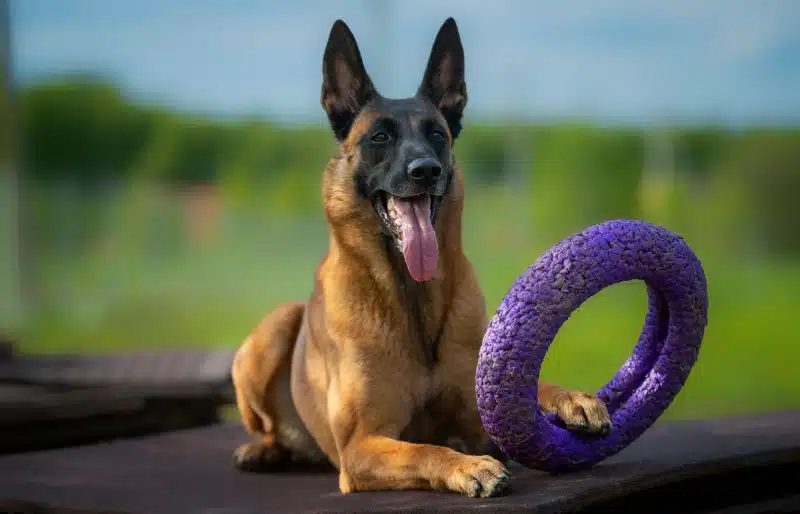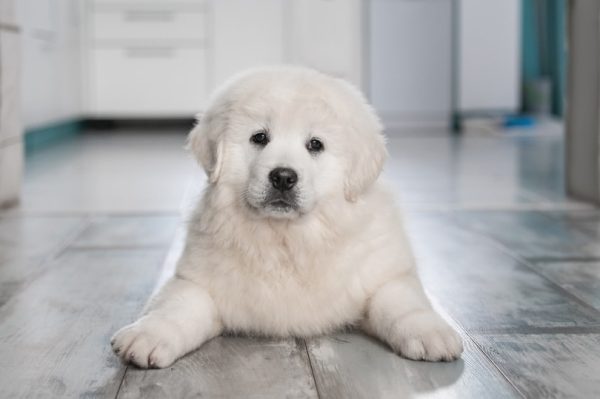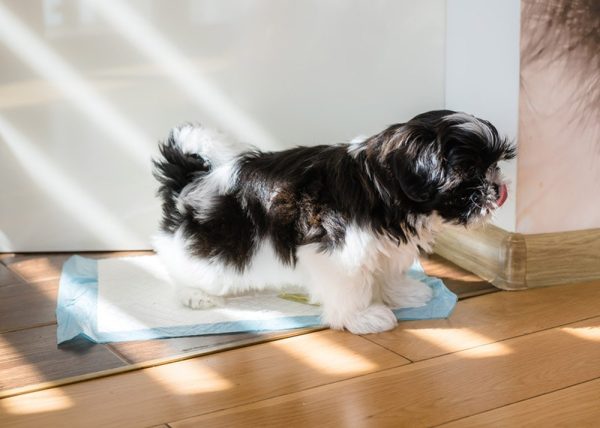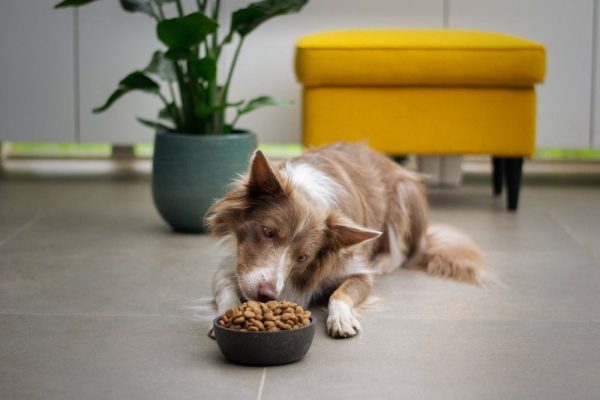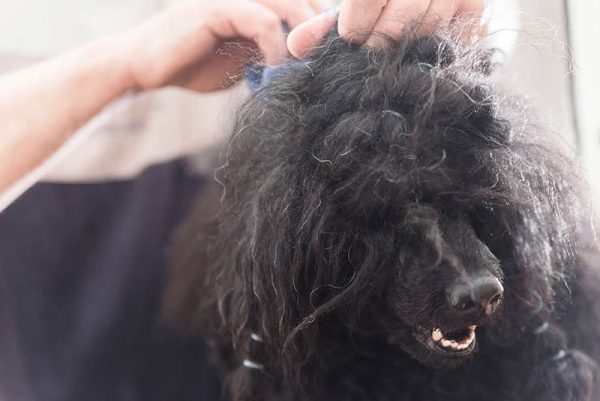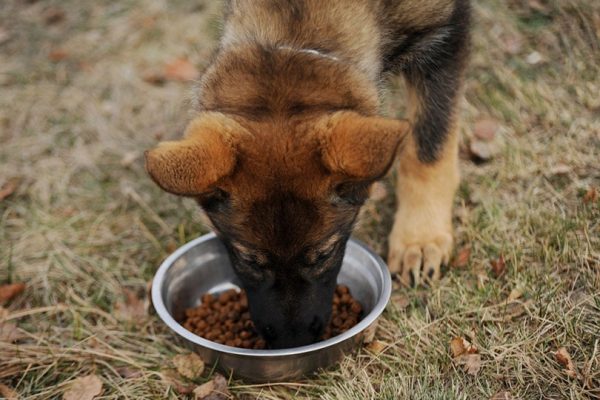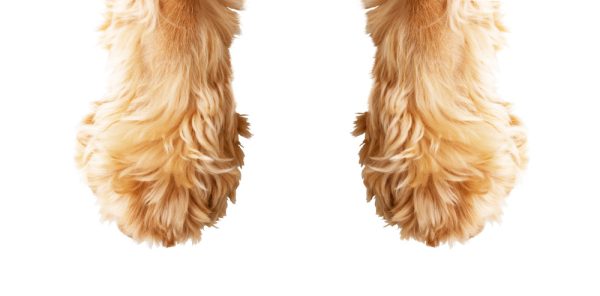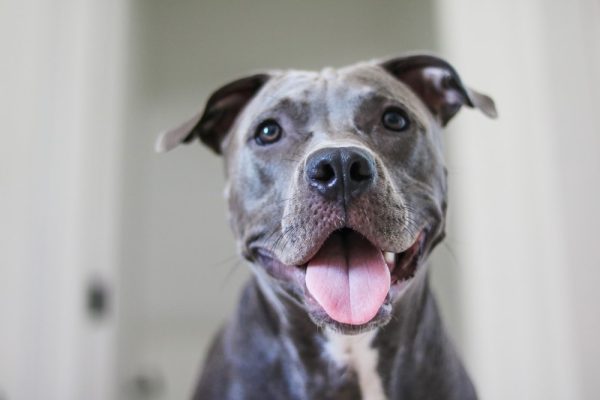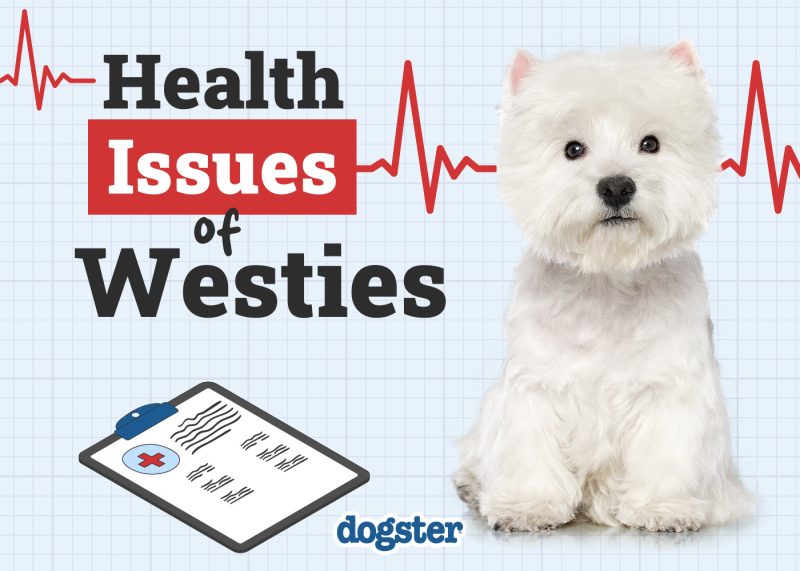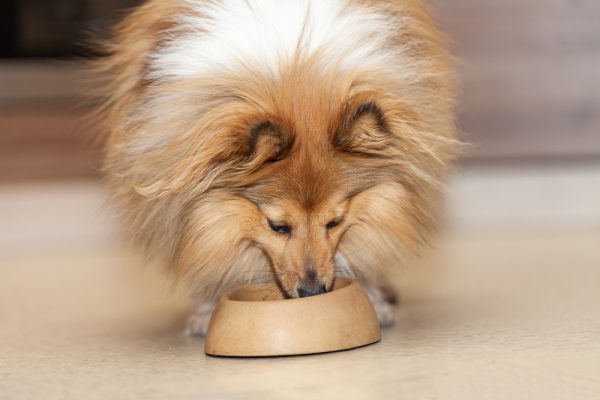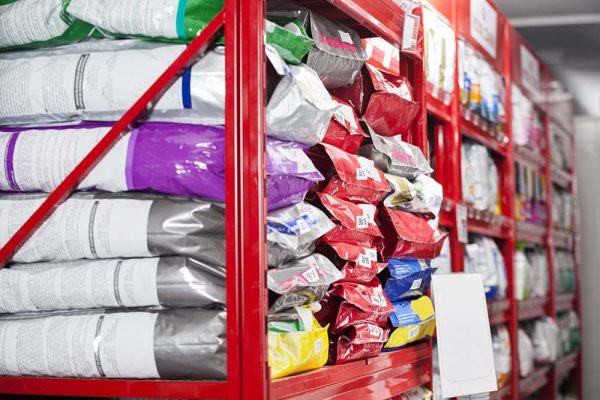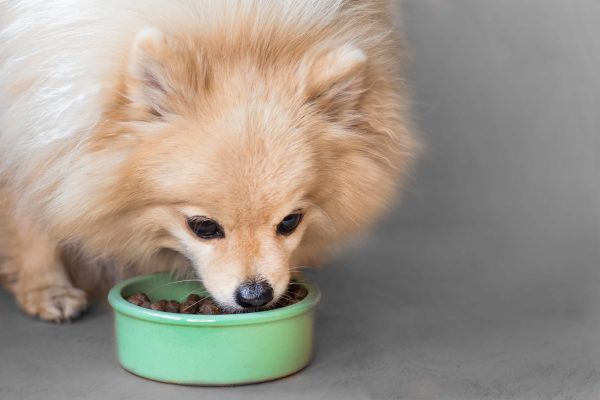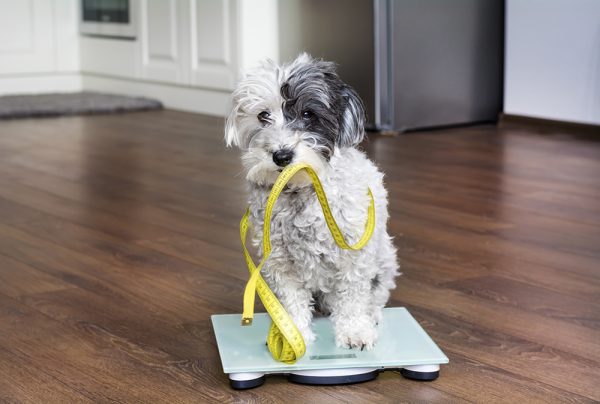In this article
View 2 More +It can be frustrating to take your dog out in public if they do not like to share. Trips to the dog park or a friend’s house can quickly turn stressful or embarrassing if your dog continues to get into fights with other dogs over things as silly as worn-out toys. The inability to share is a common trait in dogs, but it is correctable behavior. Here is what you can do to help your dog learn to share so that they stop fighting over toys.

Before you can get your dog to share toys with other dogs, you should first teach your dog to share with you. Dogs might be aggressive toward other dogs, but that aggression usually does not apply to their owners when it comes to things like toys. You should practice taking toys from your dog, playing with them, and rewarding them when they bring you things or let you take a toy away. This will teach your dog the basic concept of sharing and is usually much easier than teaching your dog to share with other dogs they might not be fond of.
2. Teach Your Dog the Command to Drop It
One of the cornerstones of getting your dog to share toys with other dogs is the command “drop it.” Drop it will get your dog to leave whatever it is they are attached to and focus on you. This can help diffuse any potentially volatile situations between two or more dogs. If your dog can drop a toy and focus on you, then they won’t get caught up fighting with another dog over a toy.
You should get your dog to hold a toy and then use a treat to get them to open their mouth. When the dog puts the toy down in hopes of getting a treat, say, “Drop it” and then give them the treat. Repeat this process over the course of a few days and move on to rewarding your dog after they drop a toy that you have asked them to.
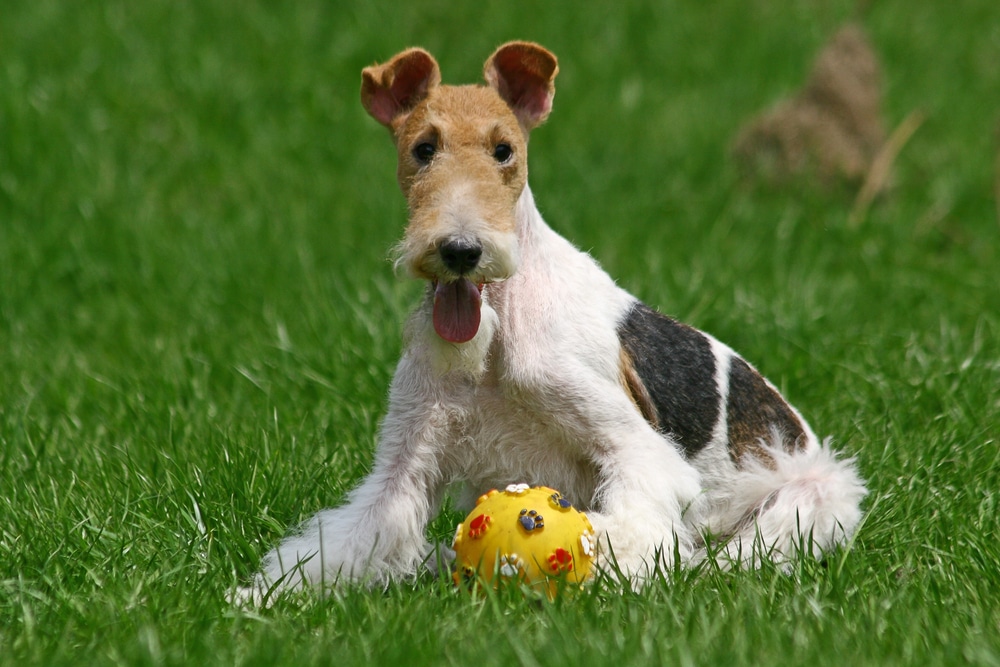
3. Practice Sharing with Toys Your Dog Is Ambivalent About
When you want to start getting your dog to share with other dogs, you should choose a toy that your dog likes but isn’t in love with. Some dogs have favorite toys that they are very attached to. You should not try to get them to give up their most prized possession right away. Instead, you should focus on using a toy that your dog is not that interested in.
Get your dog together with another dog. If you only have one dog, ask a friend if they want to come over and let their dog play. Just make sure to let them know that you are in the process of teaching your dog to share. When the dogs are playing, ask your dog to drop the toy and give them a treat when they do. Then, allow the other dog to pick up the toy and then reward your dog again. This will teach your dog that other dogs can have their toys and that they might even be rewarded if they share.
4. Reward Your Dog When They Leave a Toy or Follow a Command
Even if your dog is not actively playing with other dogs, you should continue to reward them whenever they follow a command or leave a toy. Reinforcing these behaviors at all times will help the behaviors stick even when your dog is distracted or playing. Using consistent reinforcement is key to any dog training. So even if you are sitting on the couch and your dog brings you a toy and tries to share, you should praise them or even consider giving them a training treat.
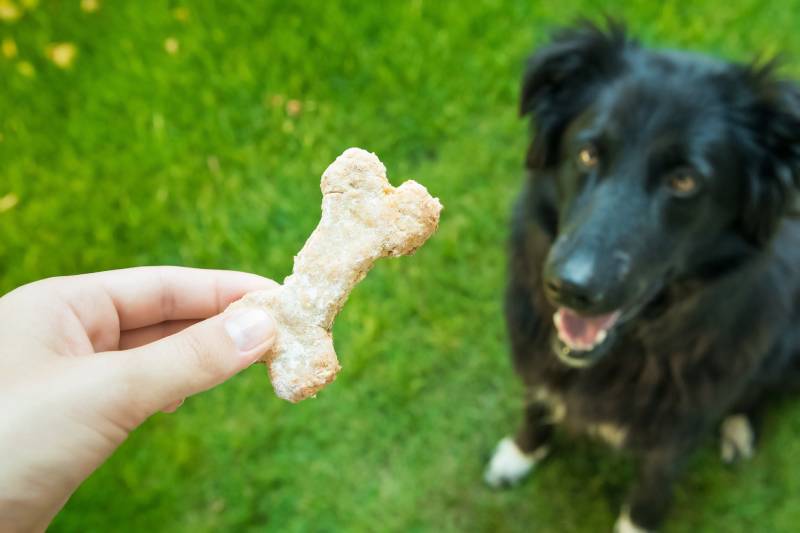
5. Practice With Other Dogs Using Games Like Fetch
Next, you should consider practicing sharing with toys that your dog enjoys more than average. Fetch is a great game to use to train your dog to share. Fetch allows other dogs a chance to get to the toy and gives you a chance to actively reward your dog when they allow another dog to retrieve a toy. Fetch puts dogs in a good mood, gets their energy out, and gives them an excuse to use a shared toy.
6. Be Patient and Consistent
Getting your dog to share their favorite toys with other dogs might not happen overnight. This can be a process that takes days or weeks. Don’t get frustrated. It will come in time with persistence and consistency in training.
If you want your dog to share their toys, they have to be willing to share with all dogs. This means even dogs in the same household. If you want your dog to share at the dog park, they need to also share with their furry roommate.It is hard to expect your dog to understand that they have to share in Situation A but not in Situation B. It is best to simply be consistent with your training at all times to get the behaviors you want.
With patience, consistency, and practice, your dog should be able to learn to share in no time at all.
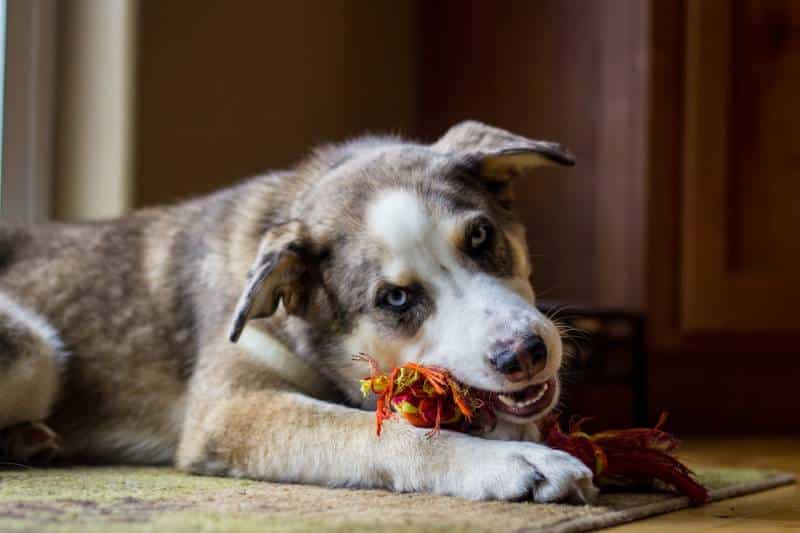

Why Do Dogs Guard Toys?
Not wanting to share toys is a natural behavior for dogs. This behavior is called resource guarding. It is more common in dogs that have lived on the street or have had trauma in their past. In the wild, there are a number of animals, including other dogs, that will look to take food from other animals. Resource guarding is a way to ensure that no one steals your stuff. In the wild, clinging to your lone bone can be the difference between going hungry and being able to eke out a meager meal.
While resource guarding is a natural behavior, it is not a desirable one. Resource guarding is a behavior that any dog can develop. It doesn’t matter what breed they are or how old they are. While some dogs with rough pasts are more likely to resource guard, pampered companion dogs can also exhibit this natural behavior. Reach out to a veterinarian to get some expert advice on how to deal with this behavior.
If you need to speak with a vet but can't get to one, head over to PangoVet. It's our online service where you can talk to a vet online and get the advice you need for your pet — all at an affordable price!

Some dogs don’t just have trouble sharing toys, they may not like sharing food or water either. Sharing food is a more touchy subject for most dogs than toys. Obviously, you don’t want your dog guarding shared resources like a water bowl, but if your dog wants to guard their own food bowl during dinner time, that is not necessarily a bad thing. Allowing your dog to feel secure when they are eating can make them feel more at ease in general. In fact, if your dog is allowed to have their own meal and guard important resources, it can help them let go of other less important things like toys.
Food guarding is only a problem if your dog does not eat all of their food at one time or if they are trying to prevent other dogs from getting to something like a shared water bowl. Otherwise, it is up to the owner’s discretion whether they want to get their dog to share food as well as toys.

Conclusion
Dogs are very trainable animals. That is why they have endured for so long as loyal companions. You can teach your dog to share toys so that they do not get into scuffles with other dogs. Teaching your dog to share starts with teaching them to share with you, then learning to drop objects, and then moving on to practicing with other dogs. Over time, with ample positive reinforcement and consistency, your dog will learn to share toys with other dogs easily.
Featured Image Credit: Julia Malsagova, Shutterstock
